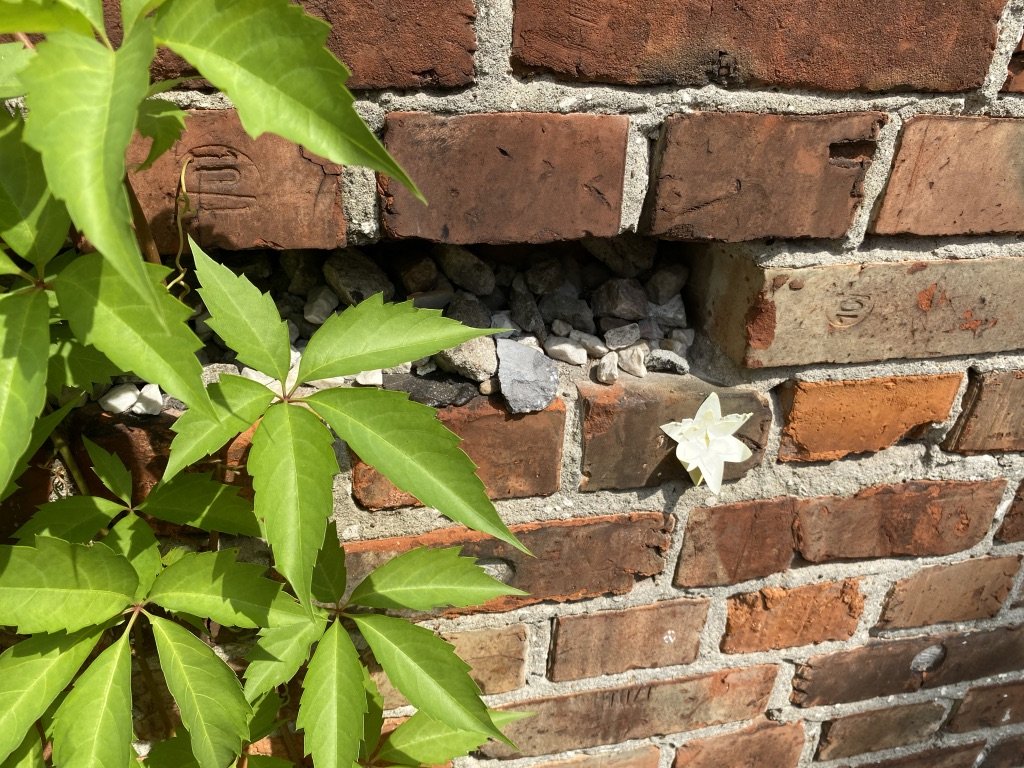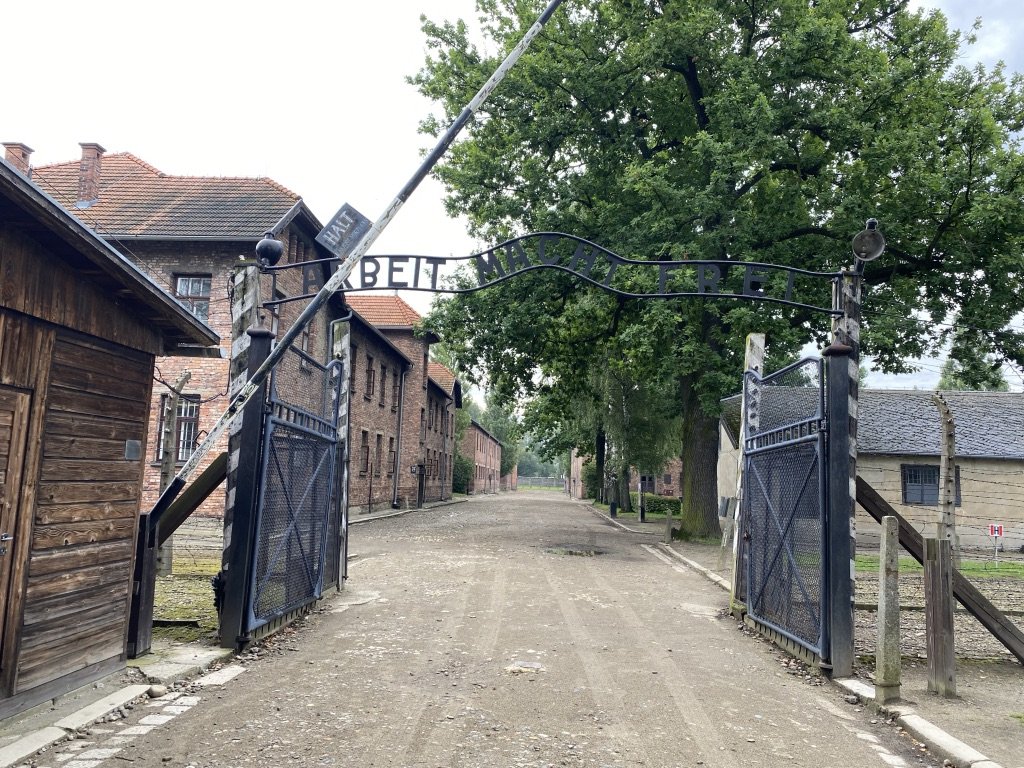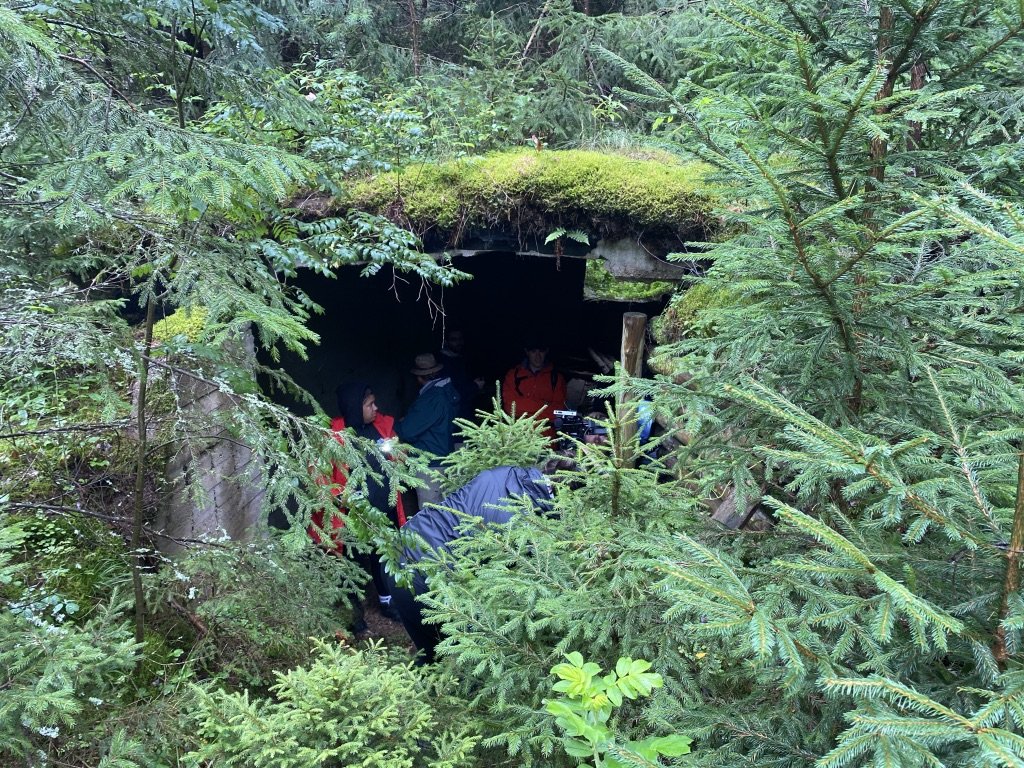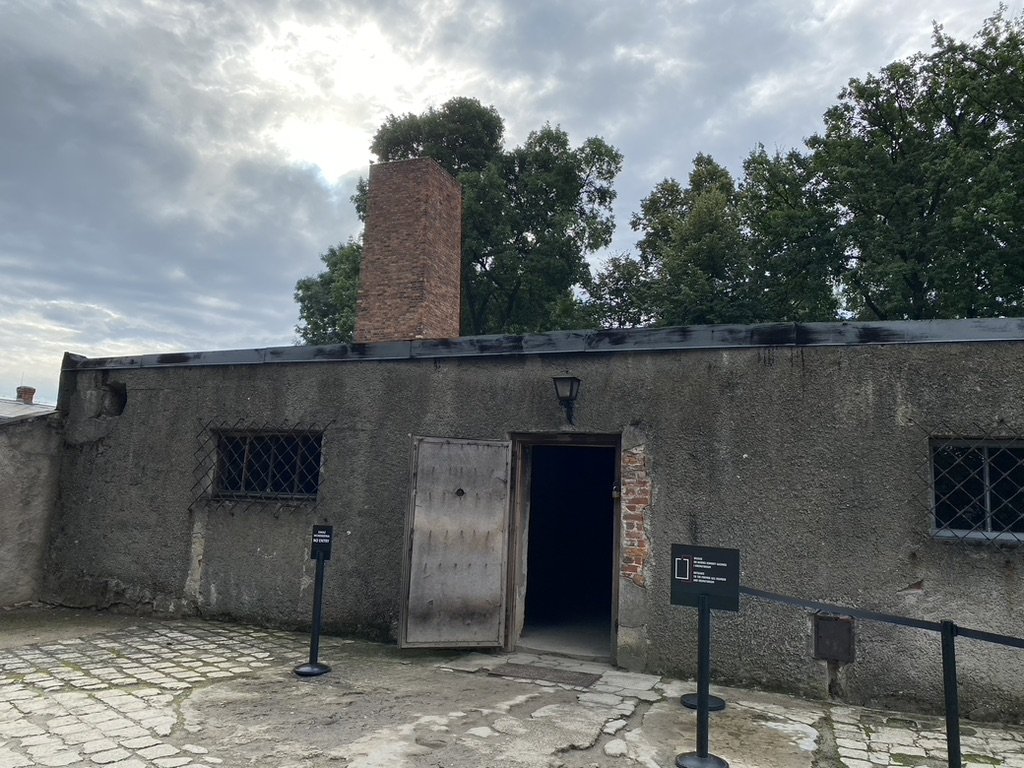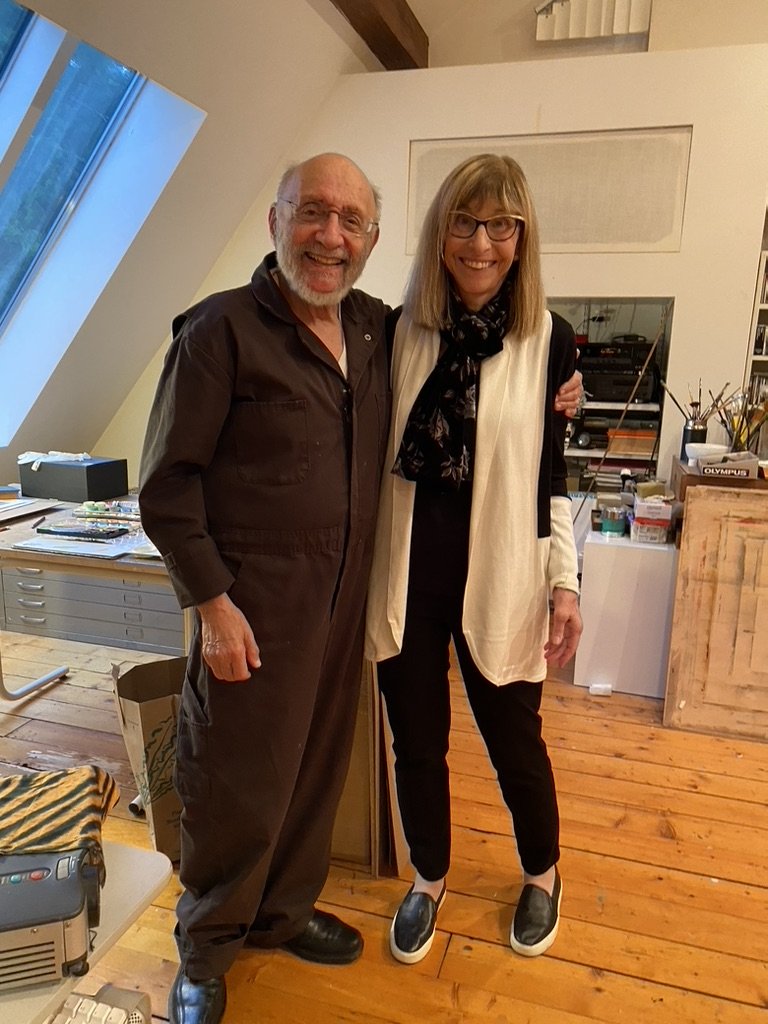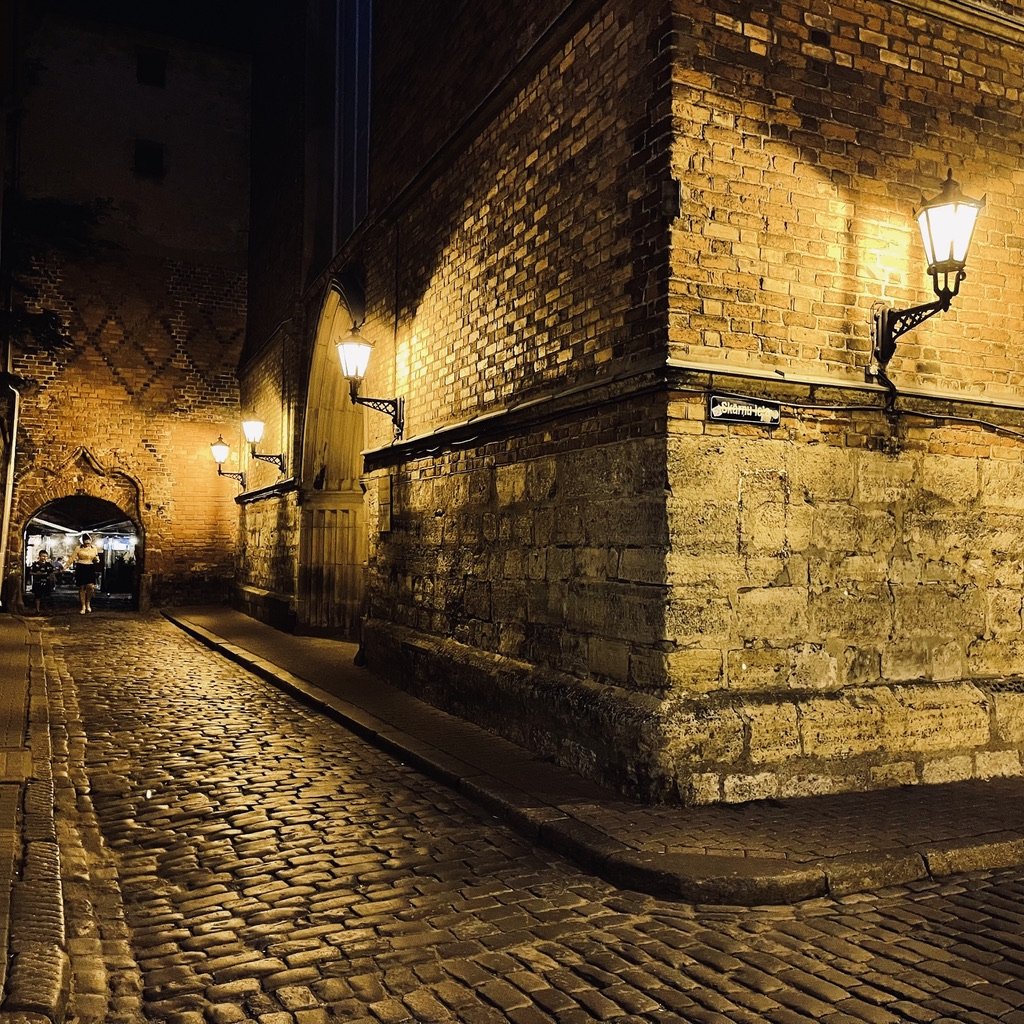BOOK 1: UNARMED RESISTANCE
“Life in the Ghetto was a chain of resistance. There were illegal schools, there were illegal libraries, choirs. Even theatres. It was an illegal life…”
— Vladka Meed, Warsaw Ghetto courier
The Germans set up approximately 1200 ghettos throughout Eastern Europe, and in those ghettos, weapons were largely unavailable. And even if a Jew somehow managed to attack a Nazi soldier, the Germans would retaliate by arresting hundreds. But Jews throughout Eastern Europe resisted nonetheless, setting up soup kitchens and illegal schools, documenting German war crimes, and maintaining a high level of cultural activity and spiritual observance. This unarmed resistance has come to be called Amidah — standing up against the Germans as a way to preserve Jewish identity and humanity. But Jewish tactics changed as the Germans began to deport Jews to death camps. In the capital of Lithuania, Vilnius, in Yiddish, Vilna, a renowned center of Jewish learning, young people, including Abba Kovner and his colleagues from the Jewish youth movement Hashomar Hatzair, realized that the Germans’ ultimate goal was to destroy all of European Jewry. They responded by planning an armed resistance. On December 31, 1941 Kovner issued a Manifesto, the first published call to fight back. He wrote, “They Shall Not Take Us Like Sheep to the Slaughter! It is true that we are weak and defenseless, but resistance is the only reply! Brothers! It is better to fall as free fighters than to live by the grace of the murderers. Resist! To the last breath.”
Section of the Warsaw Ghetto wall.
BOOK 2: ARMED RESISTANCE IN THE FORESTS
“Bielski did something completely different, a completely different philosophy of, ‘We're all Jews, we need to survive. That's our resistance.’”
— Michael Kagan, son of Bielski survivor Jack Kagan
Some 30,000 Jews fought in the forests of Europe, denying these areas to Nazis, and helping Jews to escape. When ghettos such as Warsaw and Vilna were liquidated by the Germans, resistance fighters would escape to the forests and, when possible, join the partisans. Many partisan groups would only welcome those who brought weapons; others would not accept women. In the Rudnicki forest of Lithuania, Abba Kovner formed his own group called the Avengers, and allowed women to fight alongside men. The Avengers were incredibly successful. killing enemy soldiers, destroying bridges, train tracks and trains carrying German troops. But in the Naliboki forest of what is now Belarus, another partisan group run by five brothers named Bielski, took a different approach — focusing less on killing Nazis than on saving Jews. They succeeded and 1200 Jews in their group lived to see the end of the war.
Memorial to resistance fighters who escaped the Warsaw Ghetto through the sewer canals, leaving to fight as partisans in the forest.
BOOK 3: ARMED RESISTANCE AND RESCUE IN THE CAMPS
“There were seven rebellions in the death camps. Six of them were led by Jews, one by the Russians. So, actually, even if you only consider violent resistance, the Jews look pretty good.”
— Professor Patrick Henry
Although not widely known or celebrated, Jews went to great lengths to rescue Jews, acts punishable by death, even in heavily guarded death camps. In Auschwitz-Birkenau, Jewish courier Bela Hazan helped save several Hungarian girls from the crematory ovens by sneaking them under a fence and bringing them into the women’s camp. Several Jewish young women provided gunpowder for the Jewish Sonderkommando prisoner uprising at Auschwitz-Birkenau on October 7, 1944. Four women were hung as a result, but they never revealed the names of the others. Although most participants died during the Auschwitz, Sobibor, Treblinka and other Jewish camp uprisings, these rebellions were crucially important. The few survivors were able to provide firsthand information about the horrors of these camps that we would not otherwise know. And after the uprisings, the Germans closed down the Treblinka and Sobibor death camps. In their uprising at Auschwitz-Birkenau, Jewish prisoners were able to destroy one combination gas chamber and crematorium, saving lives, and within months, the Nazis abandoned that camp as well.
Entrance to Auschwitz death camp, now a museum.

